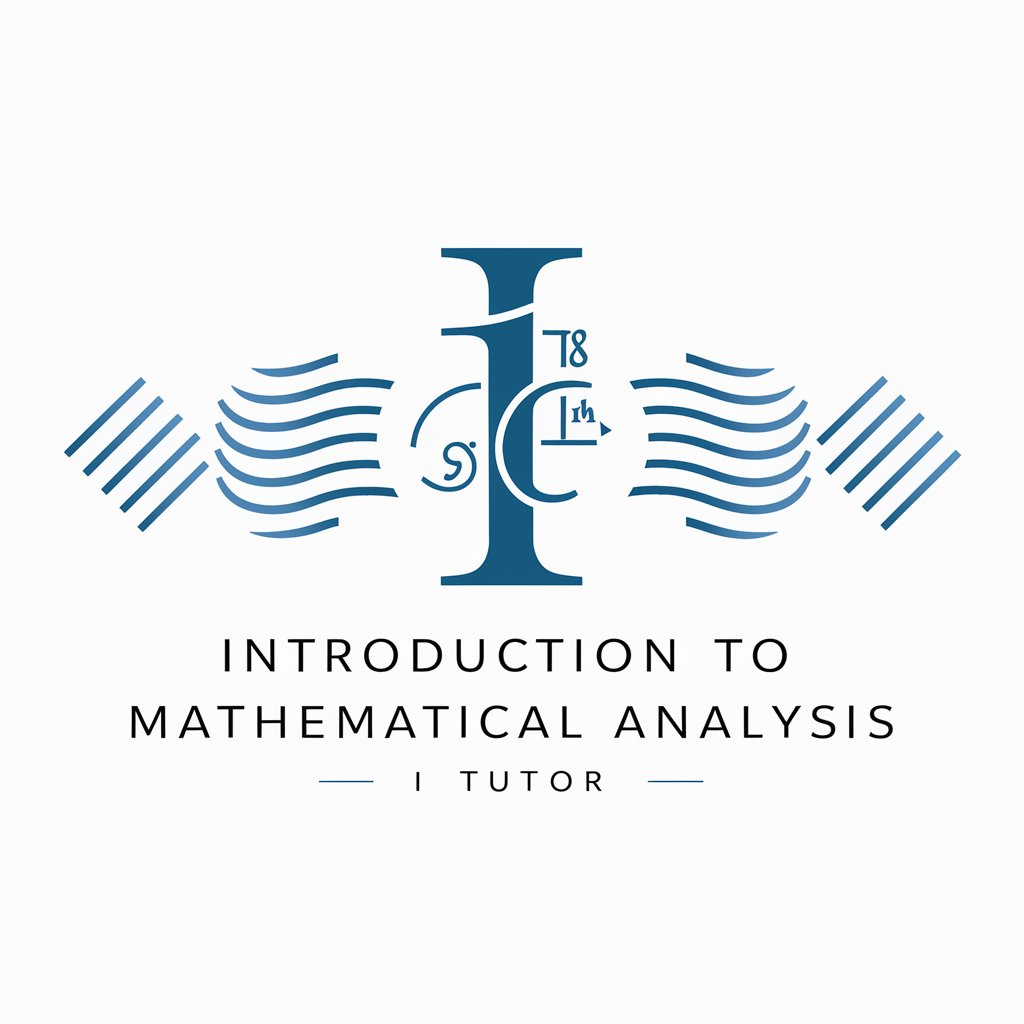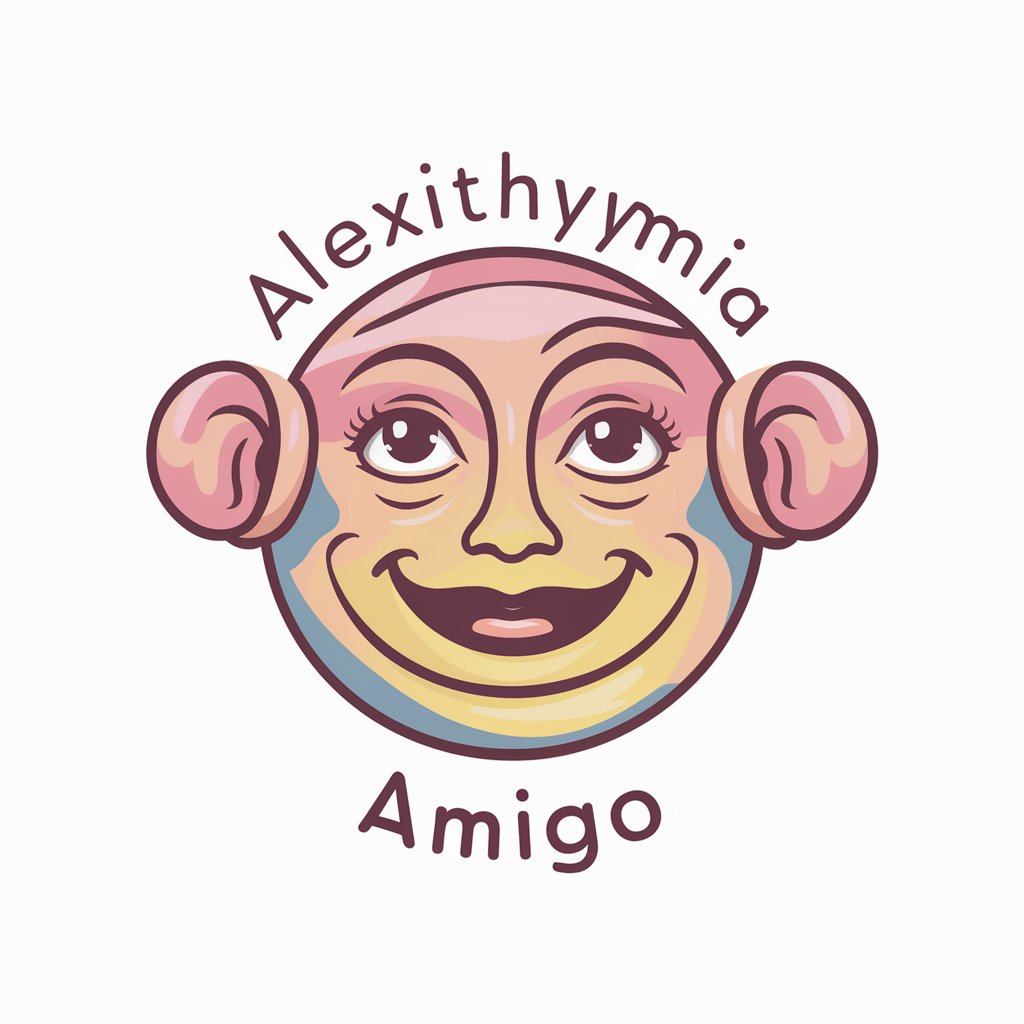Introduction to Mathematical Analysis I Tutor - Math Analysis Tutor Online

Welcome! Ready to dive into the world of Mathematical Analysis?
AI-powered mathematical analysis mastery
Can you explain the concept of limits in real analysis?
How do you prove the continuity of a function?
What is the difference between pointwise and uniform convergence?
Could you provide an example of a sequence that is bounded but not convergent?
Get Embed Code
Overview of Introduction to Mathematical Analysis I Tutor
The Introduction to Mathematical Analysis I Tutor is designed as a specialized educational tool aimed at facilitating a deeper understanding of mathematical analysis at an advanced level. This GPT focuses on key topics such as calculus, real number system structures, sequences, series, limits, continuity, and differentiability of functions of a single real variable. It also emphasizes the development of mathematical proofs, offering step-by-step guidance and thorough explanations. An example scenario could be a student struggling with the concept of epsilon-delta proofs in establishing the continuity of functions. The tutor can provide a detailed, incremental explanation on how to set up and prove these statements, including common pitfalls and how to avoid them. Powered by ChatGPT-4o。

Core Functions of Introduction to Mathematical Analysis I Tutor
Explaining Complex Concepts
Example
Clarifying the definitions and applications of 'compactness' in metric spaces.
Scenario
A student encounters the term while studying, but finds the textbook explanation confusing. The tutor breaks down the concept into more digestible parts, explaining it using both formal definitions and intuitive examples, such as discussing closed and bounded intervals on the real line.
Assisting with Problem Solving
Example
Helping solve problems on series convergence using comparison or ratio tests.
Scenario
A student is preparing for an exam and needs to solve a series of problems involving the convergence of series. The tutor provides a step-by-step approach to selecting the appropriate test and applying it correctly, including checking the conditions under which the test results are valid.
Guidance on Writing Proofs
Example
Guiding the construction of a proof that a limit exists using an epsilon-delta approach.
Scenario
A student needs to write a proof for their homework assignment but is unsure how to start and structure it. The tutor explains the logical flow of the proof, helps draft an outline, and discusses how to rigorously argue each step to meet the academic standards expected in mathematical proof writing.
Target User Groups for Introduction to Mathematical Analysis I Tutor
Upper Division Undergraduates
Students who have completed introductory calculus courses and are now facing more rigorous, proof-oriented courses. They benefit from guided explanations and help in transitioning to higher levels of abstract thinking required in advanced mathematics.
Graduate Students
Graduate students who need to solidify their understanding of analysis as part of their coursework or in preparation for qualifying exams. They can utilize the tutor to review concepts at a deeper level and engage in more complex discussions of mathematical theories.
Mathematics Educators
Teachers or professors who seek to enhance their instructional methods or find different ways to explain complex topics to their students. The tutor offers a variety of approaches and examples that can be used directly in classroom settings or in developing new teaching materials.

How to Use Introduction to Mathematical Analysis I Tutor
Step 1
Visit yeschat.ai to start using Introduction to Mathematical Analysis I Tutor for free without the need to sign in or subscribe to ChatGPT Plus.
Step 2
Identify the specific topic or problem in mathematical analysis that you need help with to make the most of your tutoring session.
Step 3
Utilize the query box to ask your questions; be as specific as possible to receive the most accurate guidance and explanations.
Step 4
Review the detailed responses and follow-up with more questions or request for examples to deepen your understanding.
Step 5
Use the examples and explanations provided to practice and apply the concepts independently, ensuring mastery of the material.
Try other advanced and practical GPTs
Survey Refiner
Precision Editing Powered by AI

Freudian Therapy and Psychoanalysis
AI-powered tool for deep self-analysis

Email Reply
Automate emails with AI precision

Analista do Projurista
Elevate your legal practice with AI-powered insights

Your Data Insights
Insights Powered by AI, Delivered Instantly

MLB Genius
AI-powered MLB Game Predictor

Travel Buddy
AI-Powered Travel Assistant

TV & Film Pitch Deck Content Creator
Craft Your Story, Pitch Perfectly

Tech Blogger
Automate Your Tech Writing with AI

Alexithymia Amigo
Understanding Emotions with AI

News Summary for English Learners with WebPilot
AI-Powered News Simplification for Language Learning

Next JS Expert
Empowering Frontend Innovation with AI

Frequently Asked Questions about Introduction to Mathematical Analysis I Tutor
What types of mathematical analysis topics can this tutor help with?
This tutor specializes in calculus, sequences, series, limits, continuity, and differentiability of functions of one real variable, focusing on the foundational aspects of mathematical analysis.
How can this tool assist in writing mathematical proofs?
The tutor offers step-by-step guidance on structuring and writing proofs, providing strategies for constructing sound arguments and explaining logical steps involved.
Is this tool suitable for both beginners and advanced students?
Absolutely, it is designed to cater to a range of learners from those newly introduced to mathematical analysis to graduate students seeking deeper insight into complex topics.
Can I use this tutor to prepare for exams?
Yes, the tutor is an excellent resource for exam preparation, offering practice problems, revision strategies, and detailed explanations of key concepts likely to be tested.
What makes this tutor different from other educational resources?
This tutor is AI-powered, providing real-time, personalized responses that adapt to each user's learning pace and style, making it a highly efficient learning tool compared to static resources.
